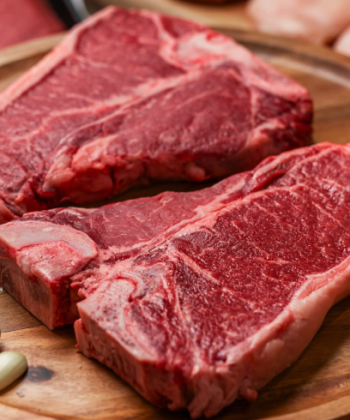Choosing the best seafood restaurant in Suffolk VA can be a delightful yet daunting task, especially with the plethora of options available. Whether you’re a seafood aficionado or a casual diner, knowing what to look for can enhance your dining experience and ensure you savor the freshest and most delicious seafood.
Here’s a comprehensive guide to help you navigate your way to the best seafood restaurant.
1. Freshness is Key
The hallmark of a great seafood restaurant is the freshness of its ingredients. Fresh seafood not only tastes better but also ensures you’re getting the most nutritional value. When evaluating a seafood restaurant, consider the following:
- Daily Catches: Look for restaurants that boast daily catches on their menu. This indicates they are sourcing their seafood directly from local fishermen or suppliers.
- Seasonal Menu: A seasonal menu often reflects the availability of fresh, local seafood. If a restaurant adjusts its offerings based on what’s in season, it’s a good sign of their commitment to freshness.
- Seafood Display: If the restaurant has a seafood display, take a look. The fish should have clear eyes, shiny skin, and a clean, ocean-like smell.
2. Variety and Specialties
A top-notch seafood restaurant will offer a diverse menu that showcases a range of seafood options, from shellfish to finfish. Consider the following:
- Diverse Menu: A varied menu with different types of fish, shellfish, and preparation methods indicates a well-rounded culinary expertise.
- Signature Dishes: Pay attention to the restaurant’s signature dishes or chef’s specialties. These dishes are often a testament to the restaurant’s creativity and skill.
3. Local Sourcing
Local sourcing not only supports the local economy but also ensures the seafood is fresher. In Suffolk, Virginia, for example, private dining restaurants near me that source their seafood from the Chesapeake Bay and the Atlantic Ocean are likely to serve fresher and tastier dishes. Ask the restaurant about their sourcing practices:
- Local Suppliers: Inquire if they work with local fishermen or seafood markets.
- Farm-to-Table Practices: Some restaurants might even have direct partnerships with seafood farms, ensuring the highest quality and freshness.
4. Ambiance and Cleanliness
The ambiance and cleanliness of a seafood restaurant significantly impact your dining experience. Consider the following aspects:
- Cleanliness: A clean restaurant is non-negotiable. Check the restrooms and general dining area for cleanliness. A tidy environment usually reflects well on the kitchen hygiene standards.
- Ambiance: The ambiance should be welcoming and suitable for the occasion. Whether it’s a casual seafood shack or an upscale dining establishment, the setting should enhance your dining experience.
5. Customer Reviews and Reputation
Customer reviews and the restaurant’s reputation can provide valuable insights. Look for the following:
- Online Reviews: Check online platforms like Yelp, TripAdvisor, and Google Reviews for customer feedback. Pay attention to comments about the freshness of the seafood, the quality of the service, and the overall dining experience.
- Word of Mouth: Ask locals for recommendations. Local patrons often know the best spots that may not be as well-advertised.
6. Expertise of the Chef
The chef’s expertise can make or break your seafood dining experience. Consider the following:
- Chef’s Background: Research the chef’s background and experience. A chef with a strong culinary background in seafood can create exceptional dishes.
- Cooking Techniques: Pay attention to the cooking techniques used. Techniques such as grilling, steaming, and poaching often preserve the natural flavors of seafood better than heavy frying or over-seasoning.
7. Sustainability Practices
Sustainability is becoming increasingly important in seafood dining. Responsible sourcing ensures the health of marine ecosystems and the longevity of seafood supplies. Look for:
- Sustainable Sourcing: Ask if the restaurant sources its seafood sustainably. Certifications from organizations like the Marine Stewardship Council (MSC) or Seafood Watch are good indicators.
- Eco-Friendly Practices: Some restaurants may also engage in eco-friendly practices, such as reducing plastic use or composting waste.
8. Service Quality
Excellent service can elevate your dining experience. Consider the following:
- Knowledgeable Staff: The staff should be knowledgeable about the menu and able to make recommendations based on your preferences.
- Attentiveness: Good service is attentive but not intrusive. The waitstaff should ensure you have everything you need without hovering.
Conclusion
Choosing the best seafood restaurant involves considering several factors, from the freshness and variety of the seafood to the ambiance and service quality. By keeping these points in mind, you can ensure a memorable and delightful seafood dining experience. Whether you’re in Suffolk, Virginia, or anywhere else, these tips will help you find the perfect spot to enjoy the bounty of the sea. Happy dining!


